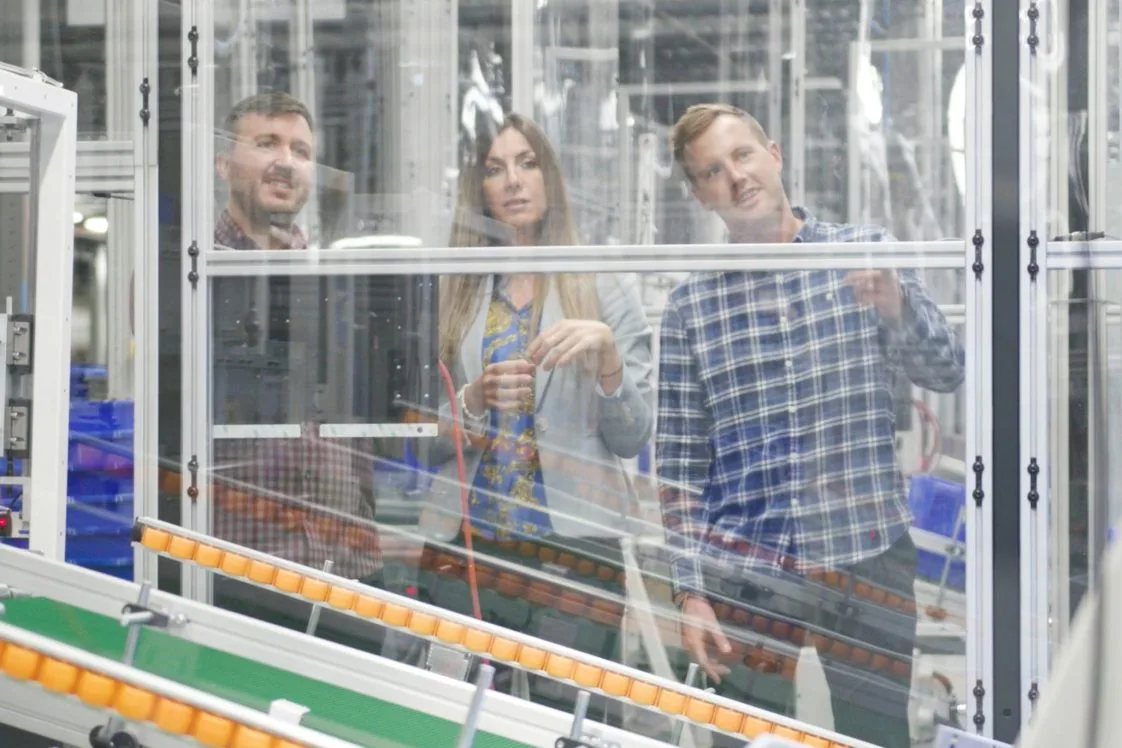3PL Missing SLAs? One-Size-Fits-All Automation May Be to Blame

Have you contracted with a third-party logistics (3PL) fulfillment partner that promised its sophisticated robotic automation would create mega improvements in efficiency and cost-effectiveness? Only to find that the impact has been underwhelming? You’re not alone. Many eCommerce fulfillment providers have been quick to adopt impressive technology but are experiencing significant growing pains in the transformation. And, their customers are feeling it.
Automation sells; but optimizing it is more complex and nuanced. If you’re a retailer that is wrestling with an underperforming 3PL or if you’re in the process of evaluating 3PLs with robotic automation, here are some common automation challenges that 3PLs face and what you should look for in a 3PL that offers robotic automation.
Overselling Automation Before It’s Operationally Mature
There’s an old adage in Sales: under promise and over perform. Many companies overpromise and underperform, not necessarily intentionally. Robotic process automation advancements are exciting and the technology can definitely perform. But some 3PLs oversell their abilities before they’ve had time to mature automation within their operations. Consequently, retailers see disappointing results and broken expectations.
Adopting robotic automation is a transformative operational shift. It requires a period of adjustment, debugging, and rethinking processes and workflows before it affords truly reliable, optimized results. A robotic pick-and-pack can perform more volume per hour than humans, but faster doesn’t matter if there are errors, confusion in the workflow, or if other processes have not been changed as needed. Look for streamlined, mature operational processes and ask for the performance metrics to validate it.
Unexpected Performance Gaps as the 3PL Grows
Many 3PLs struggle with scaling robotic automation as their business grows. Adding more robotics is a process and there can be a gap between the need and 3PL’s ability to reach capacity. This impacts performance for existing clients.
3PLs that implement or expand robotic automation need to be transparent and set expectations accordingly. Ask about the business’s growth strategies and how the 3PL will maintain performance during any gap in future implementation.
Applying a One-Size-All Approach to Automation
3PLs often take a one-size-fits-all approach. Automation is a hefty investment and recouping ROI demands getting the most out of it for every client. So, 3PLs promise the same benefits to every client and use the same robotics solution for everyone. They do not account for the unique needs of each client or how the robotic solution may or may not provide the desired impact.
One-size-all does not work in retail order fulfillment.
Every retailer is unique, with needs that reflect its size, volume, customer base, peak seasons, and strategy to scale. For example, some retailers need personalized kitting with a human-written note inside – which means automation needs to support human employees in these efforts. Other retailers need high volume, high peak season scalability and need robots that can navigate high density, narrow aisles and robots that optimize pick and pack.
Partner with a 3PL that will tailor automation to your needs and not slap a one-size-fits-all approach on your fulfillment.
How a 3PL Can Tailor Automation to Retailers’ Needs
Several factors impact the type of automation you need in fulfillment:
- Your growth stage. Every retail business is on its own unique growth trajectory. Your size, volume, and growth strategy all play a role.
- Types of products you sell. Low-value or high-ticket items? Beauty products or gas grills? Product types also determine which automation would best serve you.
- Peaks and scalability. What are your peak seasons like? Do you have unique dates? Does influencer marketing play a role?
- Degree of personalization. Are you shipping products in plain branded boxes with zero personalization or are you highly personalizing with special packaging, freebies, and custom notes?
Every retailer’s order fulfillment needs are unique. At Radial, we tailor each client’s fulfillment strategy to optimize how our people and our automation supports them. Radial facilities utilize different types of automation for various aspects of the order fulfillment process. We don’t use a one-size-fits-all approach.
Our robotics delivers the right level of support needed to optimize our services to each client.
In Radial’s 30 years’ experience of supporting retailers around the globe, we have learned that retailers are best served when we take a partner approach, when we truly listen and get to know them, and when we tailor services that deliver the right level of support, when and where it’s needed.
Learn more about our robotic automation.
